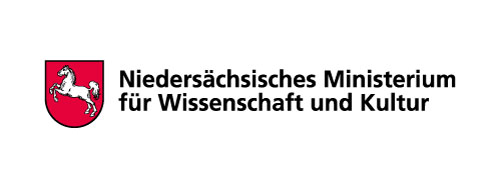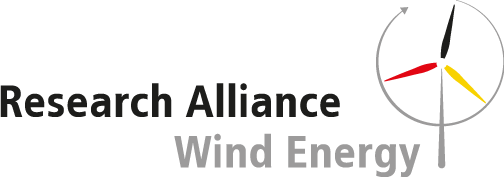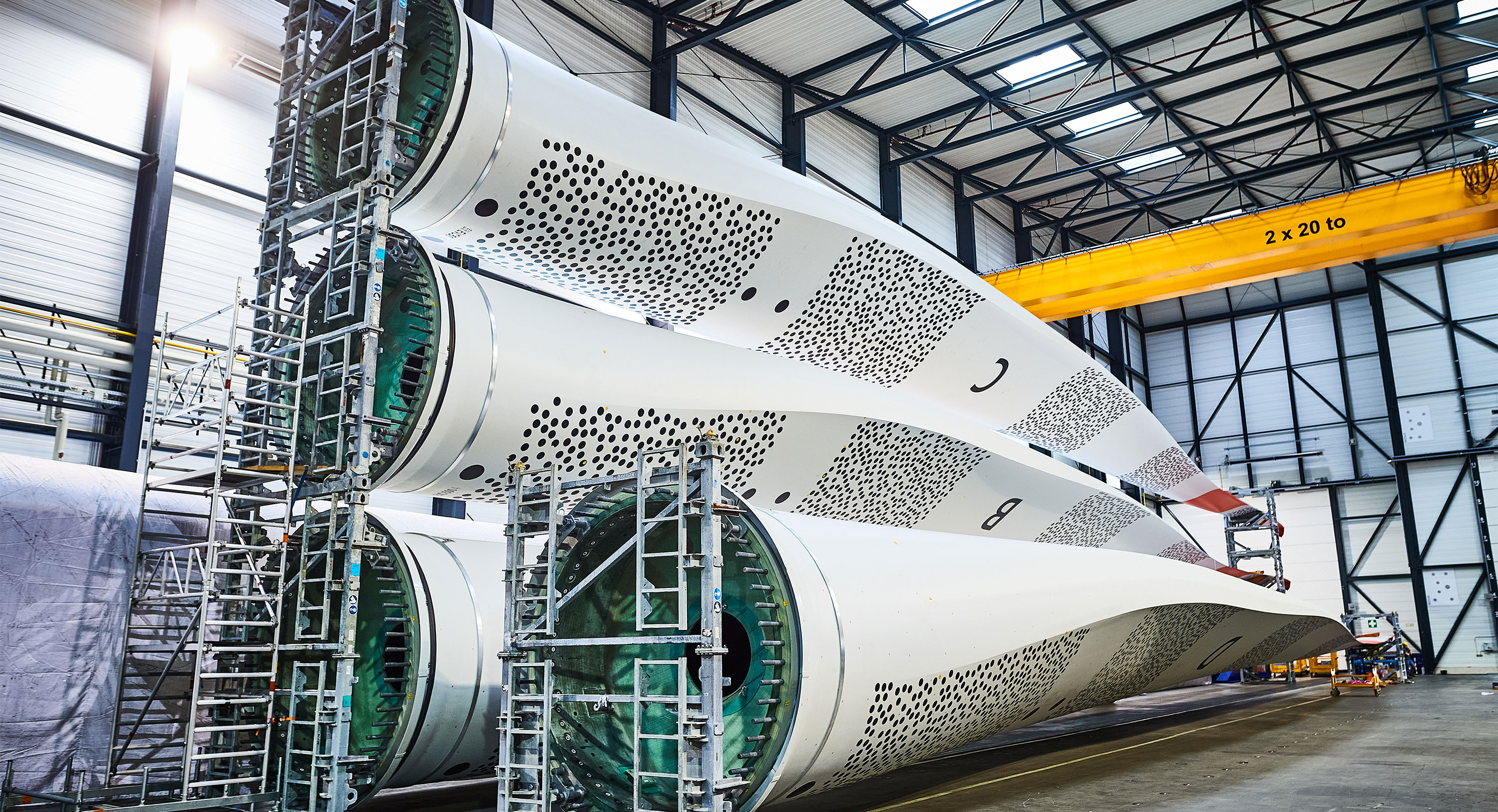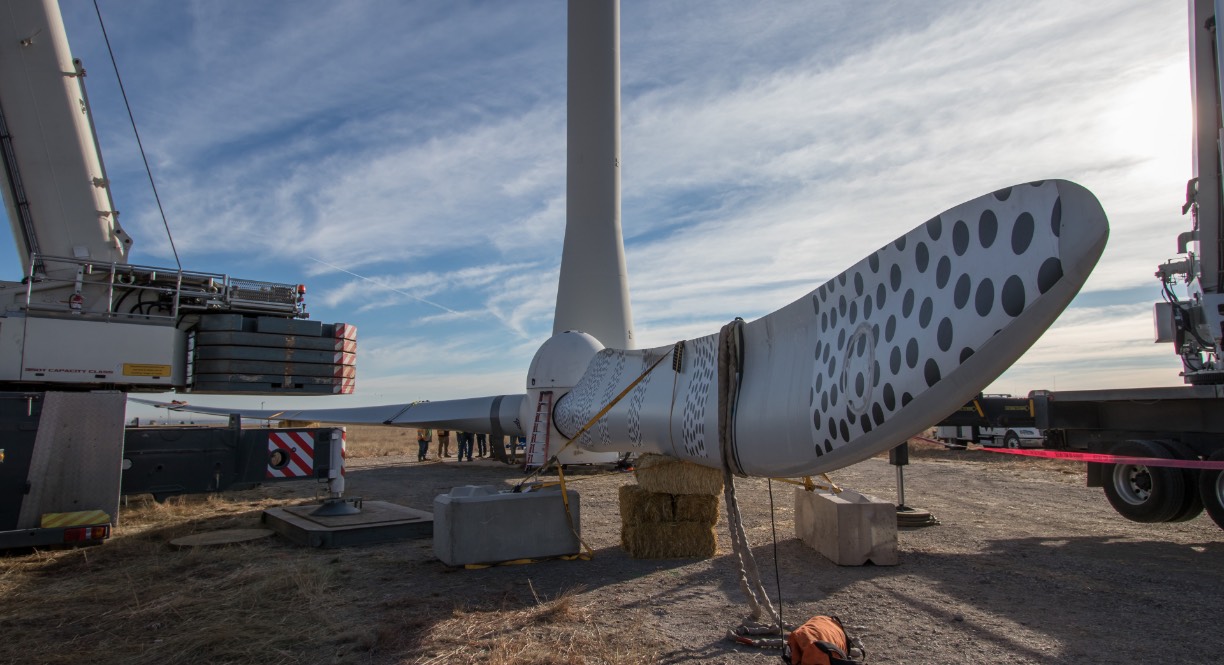Wind energy research
DLR has been researching the energy of the future for over 40 years. It should be inexpensive, socially acceptable and reliable in its provision. This requires highly efficient technologies for energy generation and use.
The objective of wind energy research is to minimise the impact on people and the environment, to reduce the cost of the electricity produced by increasing efficiency, and to make the construction, operation and maintenance of facilities more economical.
In order to develop and research renewable energies cost-effectively, scientists at DLR are continuously developing new materials, processes and technologies. Great results have already been achieved thanks to wind energy research. Wind turbines today are over 20 times more powerful than those from 1990. This positive development is being pursued at DLR.
Research suggests that wind turbines could have a capacity of up to 20 megawatts (MW) in the future. Today, a modern wind turbine with about three MW of electrical output generates as much electricity annually as about 2000 households need in a year.
Constructing wind turbines with a capacity of up to 20 MW is not readily possible with current technologies. This output can only be achieved with rotor diameters in excess of 250 metres. In order to reduce the weight of the increasingly long rotor blades and still produce these cost effectively, profiles, structures and construction methods must be adapted.
Wind turbines in this power class are primarily installed offshore. In future, wind turbines will be constructed on floating foundations to be able to install them anywhere at sea. All components have to be rethought and new technologies have to be developed to deal with the enormous forces that will be transmitted from the rotor blades to the foundations. Here, research sees itself as paving the way for the wind turbines of the future.
At the same time, automated production processes can help to reduce manufacturing costs. With intelligent structures, sensor technologies and control systems, rotor blades can absorb dynamic load peaks and thus do not have to be throttled back even during stronger gusts of wind. DLR can contribute to this with the development of smart rotor blades, for example through adaptive rotor blades.
In order to make innovative technologies for the energy sector more cost-effective and marketable, the German Federal Government subsidises the creation of suitable conditions and subsidises research projects. The funds are provided by the Federal Government’s energy research programme ‘Innovationen für die Energiewende’ (Innovations for the Energy Transition).
The Krummendeich Research Wind Farm is also funded by the Federal Government and the state of Lower Saxony. The project is intended to contribute to the necessary further development of technologies for the control and management of wind turbines as well as research into materials.
The research wind farm in Krummendeich is funded by the Federal Ministry for Economic Affairs and Climate Action (BMWK) and the Lower Saxony Ministry of Science and Culture (MWK).







